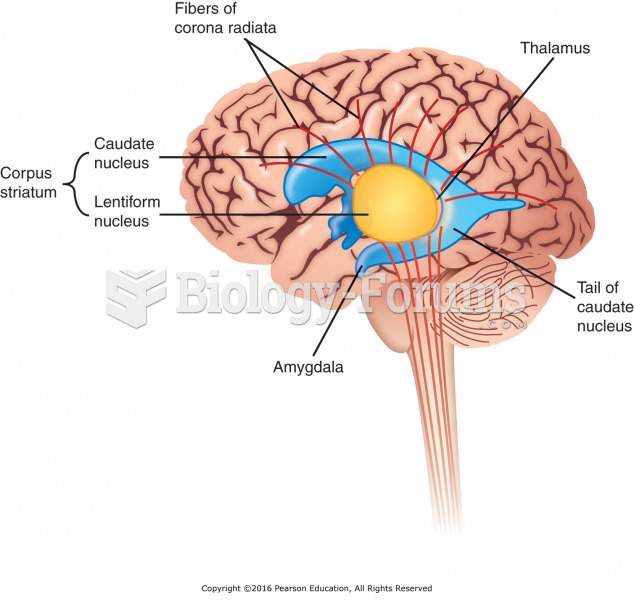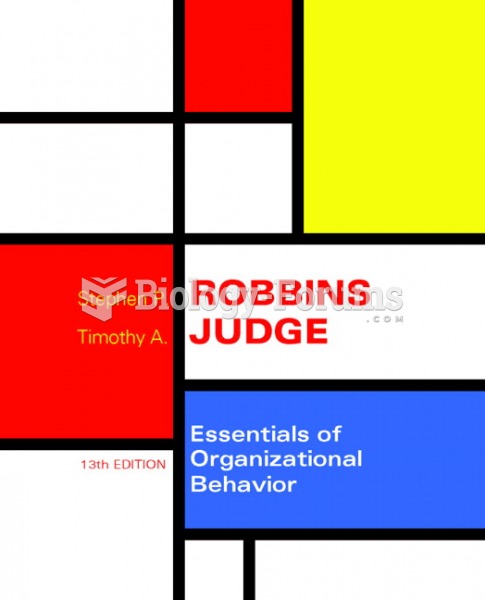This topic contains a solution. Click here to go to the answer
|
|
|
Did you know?
Increased intake of vitamin D has been shown to reduce fractures up to 25% in older people.
Did you know?
To prove that stomach ulcers were caused by bacteria and not by stress, a researcher consumed an entire laboratory beaker full of bacterial culture. After this, he did indeed develop stomach ulcers, and won the Nobel Prize for his discovery.
Did you know?
By definition, when a medication is administered intravenously, its bioavailability is 100%.
Did you know?
People about to have surgery must tell their health care providers about all supplements they take.
Did you know?
There are 60,000 miles of blood vessels in every adult human.







